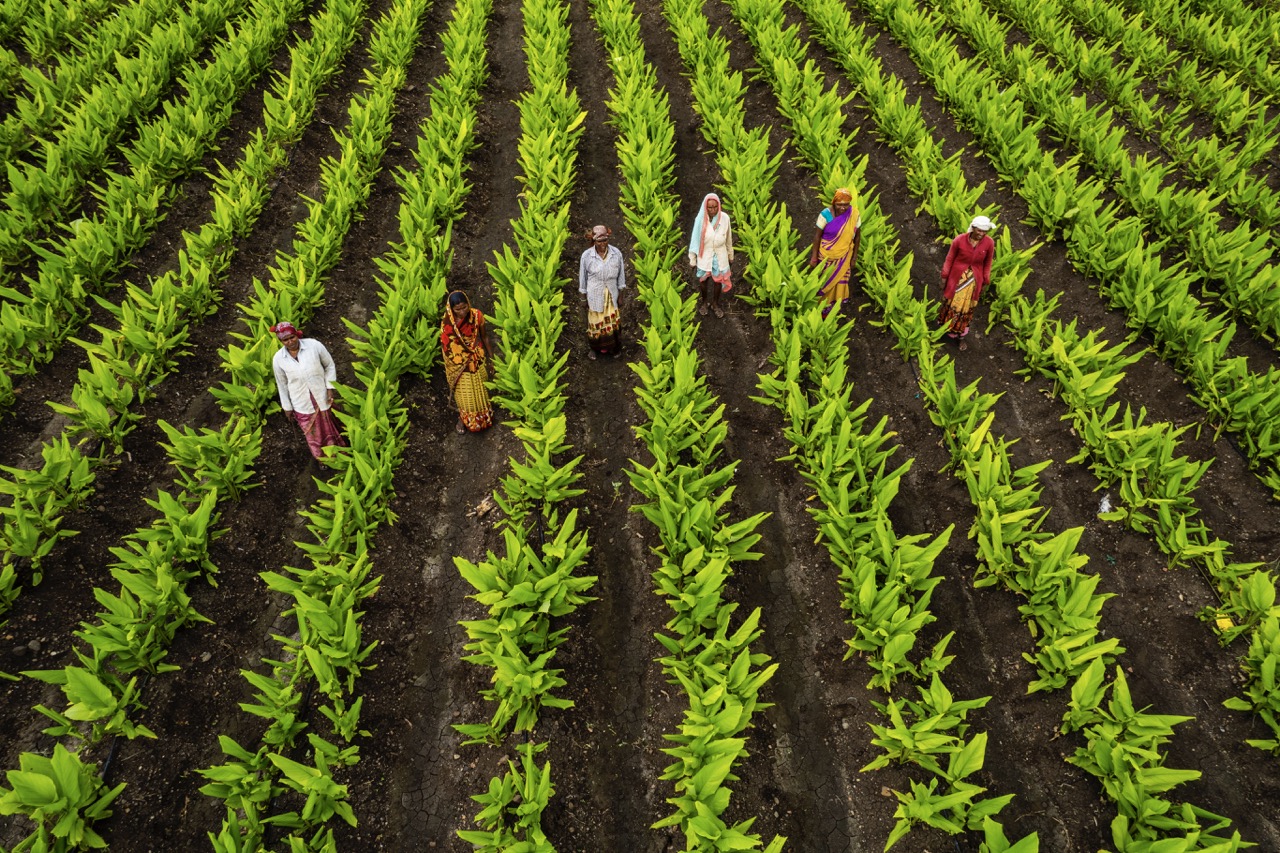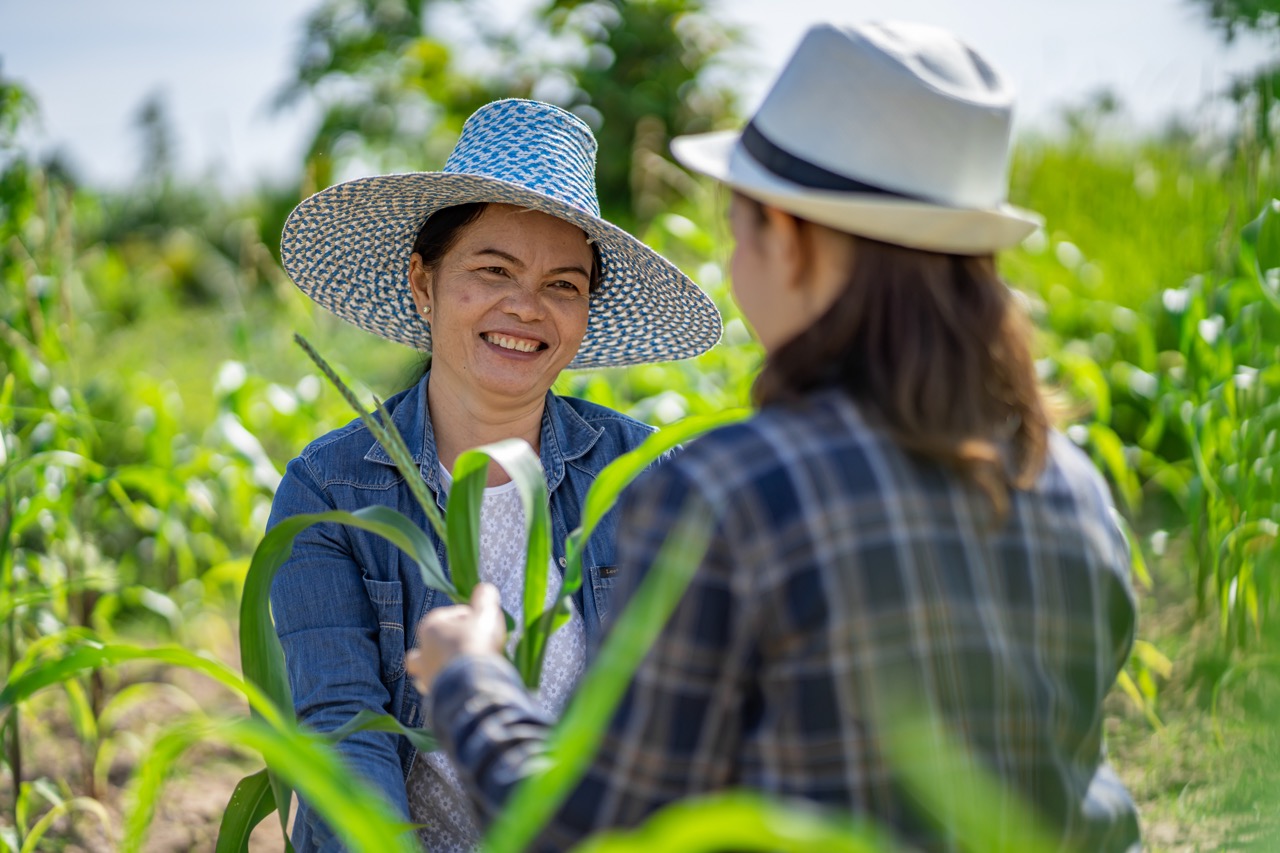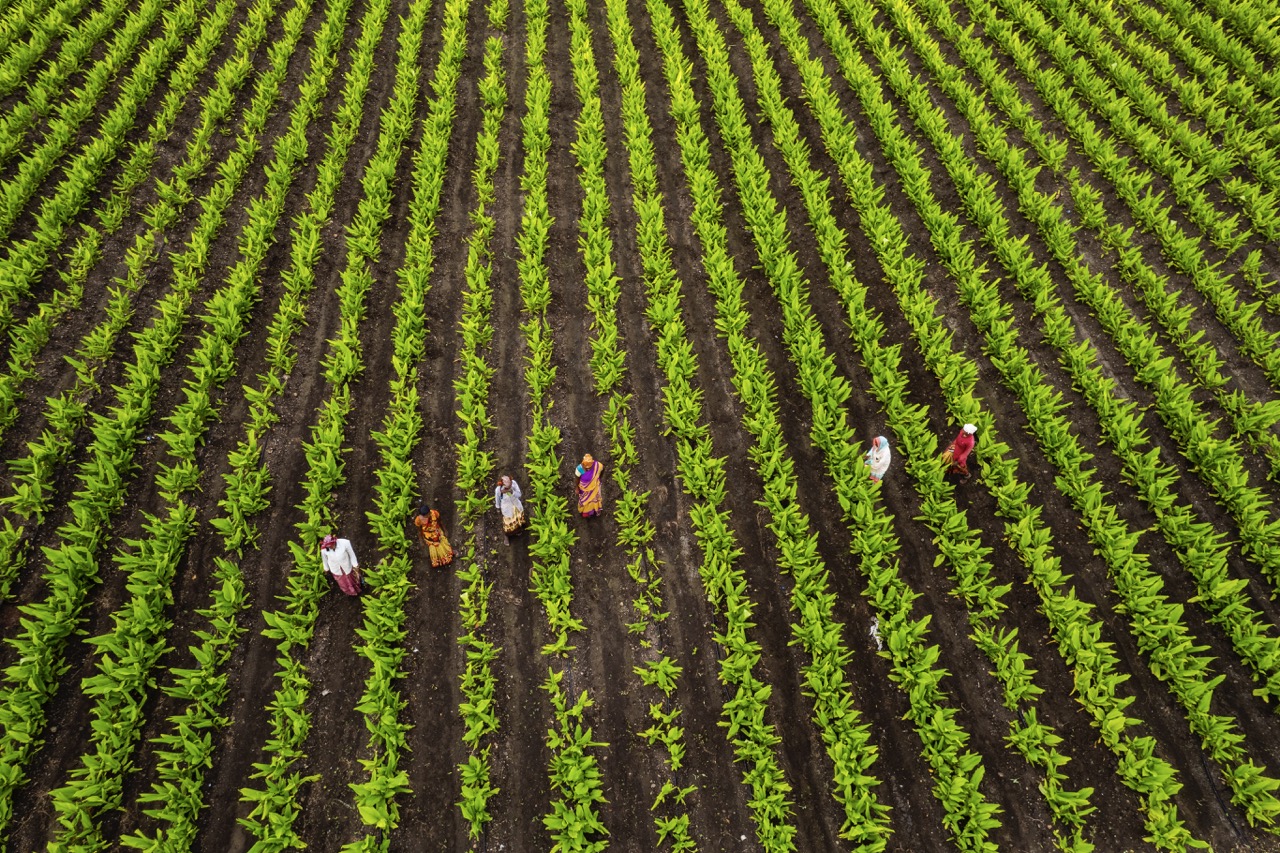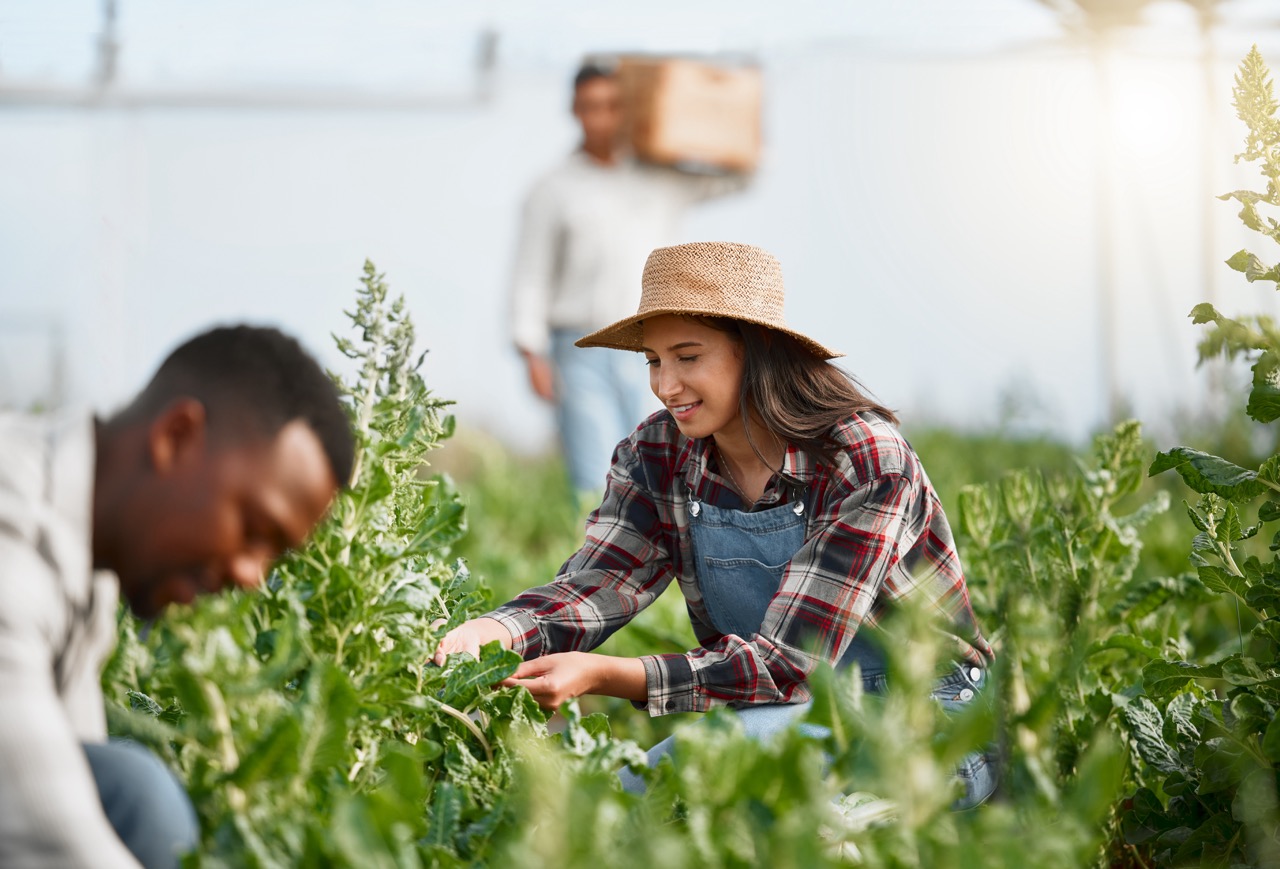Sharecropping, a traditional agricultural practice where landowners allow tenants to farm their land in exchange for a share of the crop, has often been associated with exploitative relationships and economic disparity. However, when strategically implemented, sharecropping can serve as a powerful tool for rural development. By fostering collaboration between landowners and farmers, enhancing productivity, and ensuring resource accessibility, sharecropping can significantly contribute to the socio-economic upliftment of rural communities. This article delves into the nuances of sharecropping and explores how it can be harnessed to promote sustainable rural growth.
Understanding Sharecropping: A Tool for Rural Growth
Sharecropping has existed in various forms across the globe for centuries. At its core, the system is designed to provide land access to those who may not own land but possess agricultural skills. The sharecropper typically receives a percentage of the crop yield in return for their labor and investment in cultivation, thus creating a mutually beneficial arrangement. This setup can help reduce unemployment rates in rural areas, as it allows individuals to engage in productive work without the burden of land ownership.
Moreover, sharecropping can stimulate local economies by increasing the production of staple crops, thereby enhancing food security. When farmers engage in sharecropping, they often cultivate diverse crops, which can lead to improved soil health and increased biodiversity. This diversification not only improves resilience against pests and climate variability but also offers farmers a wider range of produce to sell in local markets, thereby increasing income potential.
Furthermore, through the establishment of cooperative sharecropping arrangements, communities can pool resources and knowledge. These cooperatives can provide access to better tools, seeds, and training programs, leading to higher yields and sustainable farming practices. By creating a strong support network, sharecropping systems can empower rural populations and create a foundation for long-term growth and development.
Key Benefits of Sharecropping in Agricultural Communities
One of the primary benefits of sharecropping is the shared risk between landowners and tenants. In traditional agricultural systems, the burden of crop failure often falls entirely on the farmer. However, in a sharecropping model, both parties have a vested interest in the success of the harvest. This shared responsibility can lead to more collaborative decision-making and innovative agricultural practices that optimize yield and minimize losses.
Additionally, sharecropping can help address issues of land inequality. In many rural areas, large landowners control significant tracts of land, leaving smallholders with limited access. Sharecropping arrangements allow smaller farmers to work land they would otherwise not have access to, creating opportunities for wealth generation and economic mobility. This access can also encourage the cultivation of underutilized or marginal lands, contributing to increased agricultural production and sustainability.
Lastly, sharecropping can facilitate knowledge transfer and skill development within communities. As experienced farmers collaborate with emerging sharecroppers, they share techniques and insights that can lead to enhanced agricultural practices. This mentorship fosters a culture of learning and innovation, which is critical for adapting to changing environmental conditions and market demands.
Best Practices for Implementing Sharecropping Systems
To effectively implement sharecropping systems, it is essential to establish clear agreements that outline the terms of the partnership. These contracts should detail the percentage of the crop that will be shared, responsibilities for inputs like seeds and fertilizers, and expectations around maintenance and labor. Transparent agreements help to minimize misunderstandings and ensure that both parties are committed to the success of the arrangement.
Moreover, fostering strong communication between landowners and sharecroppers is crucial. Regular meetings can help address any challenges that arise, allowing for shared problem-solving and adapting practices as needed. Community engagement initiatives, such as workshops and training programs, can also aid in building relationships and trust between parties, ensuring that both sides feel valued and heard.
Lastly, it is vital to incorporate local knowledge and practices into sharecropping agreements. Each region has unique agricultural conditions and cultural contexts, and utilizing this local expertise can lead to better outcomes. By integrating traditional farming methods with modern techniques, communities can create more resilient agricultural systems that support long-term viability and growth.
Case Studies: Successful Sharecropping Initiatives Worldwide
One notable example of successful sharecropping implementation is found in the southern United States, particularly in regions that faced economic hardship following the Civil War. The system evolved to offer African American families a means of livelihood, allowing them to cultivate land and build wealth. Through sharecropping cooperatives, these families accessed resources, shared knowledge, and improved their economic standing, eventually leading to the formation of strong community networks and support systems.
In India, sharecropping has been adapted to promote rural development through initiatives like the Self-Employed Women’s Association (SEWA). This organization empowers women by facilitating access to land and resources, creating a network of female sharecroppers who collaborate on best practices and crop selection. As a result, these women have gained financial independence and improved their households’ nutrition and health, showcasing how sharecropping can drive gender equality alongside economic growth.
In Brazil, the Landless Workers’ Movement (MST) has utilized sharecropping as a means to reclaim land for socio-economic development. By organizing landless families into cooperatives, the movement has helped them secure plots of land for farming, leading to increased agricultural productivity and community empowerment. Through education and collective bargaining, MST has transformed sharecropping into a vehicle for social justice and economic equity, demonstrating the system’s potential for broader rural development initiatives.
The potential of sharecropping as a tool for rural development cannot be understated. By fostering collaboration, sharing risks, and promoting community engagement, sharecropping can drive economic growth, enhance food security, and empower marginalized groups. As demonstrated by successful case studies worldwide, implementing best practices and adapting to local contexts can maximize the effectiveness of sharecropping systems. Ultimately, with the right framework, sharecropping can serve as a catalyst for sustainable rural growth, ensuring that agricultural communities thrive in an increasingly complex global economy.










